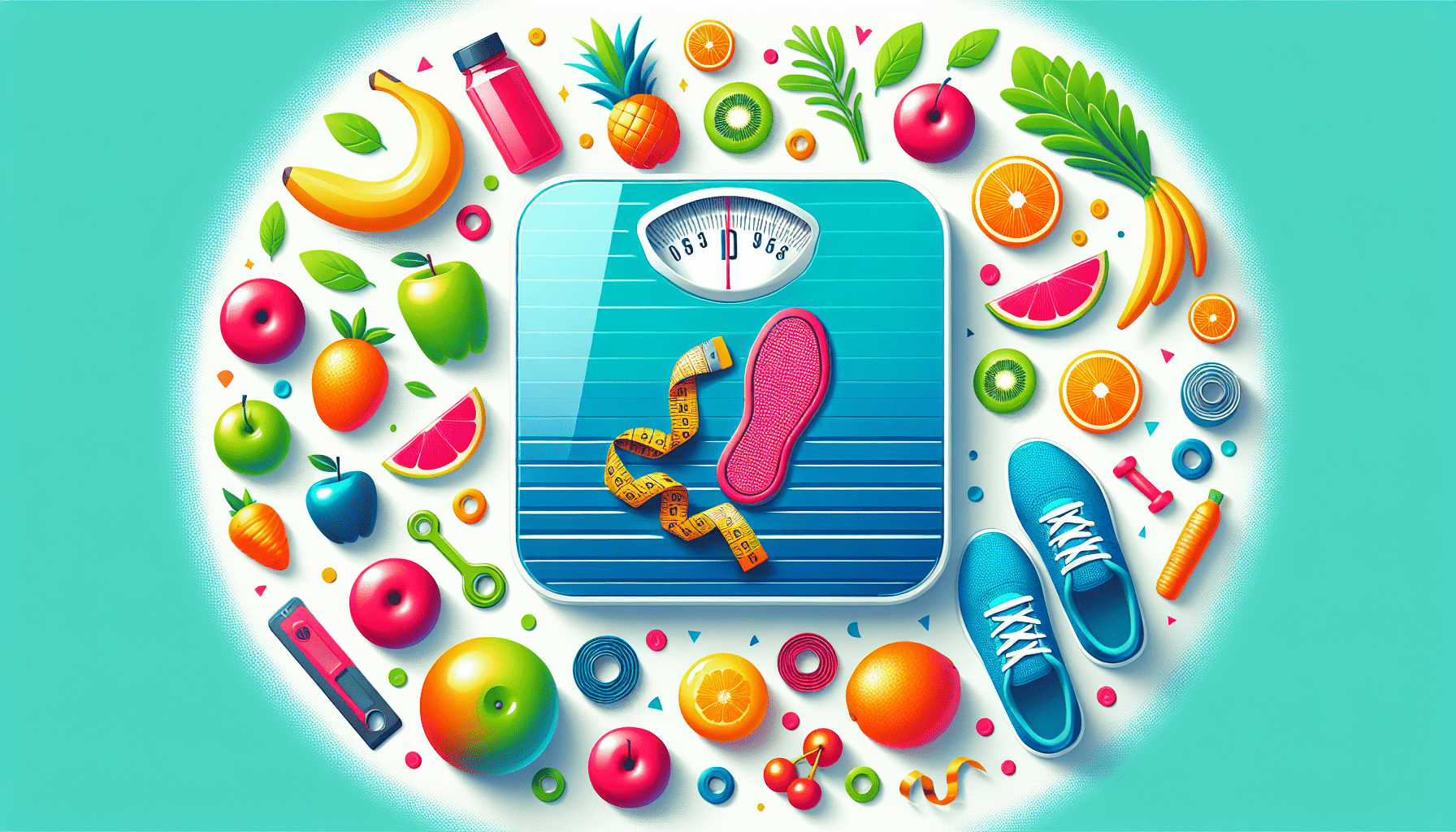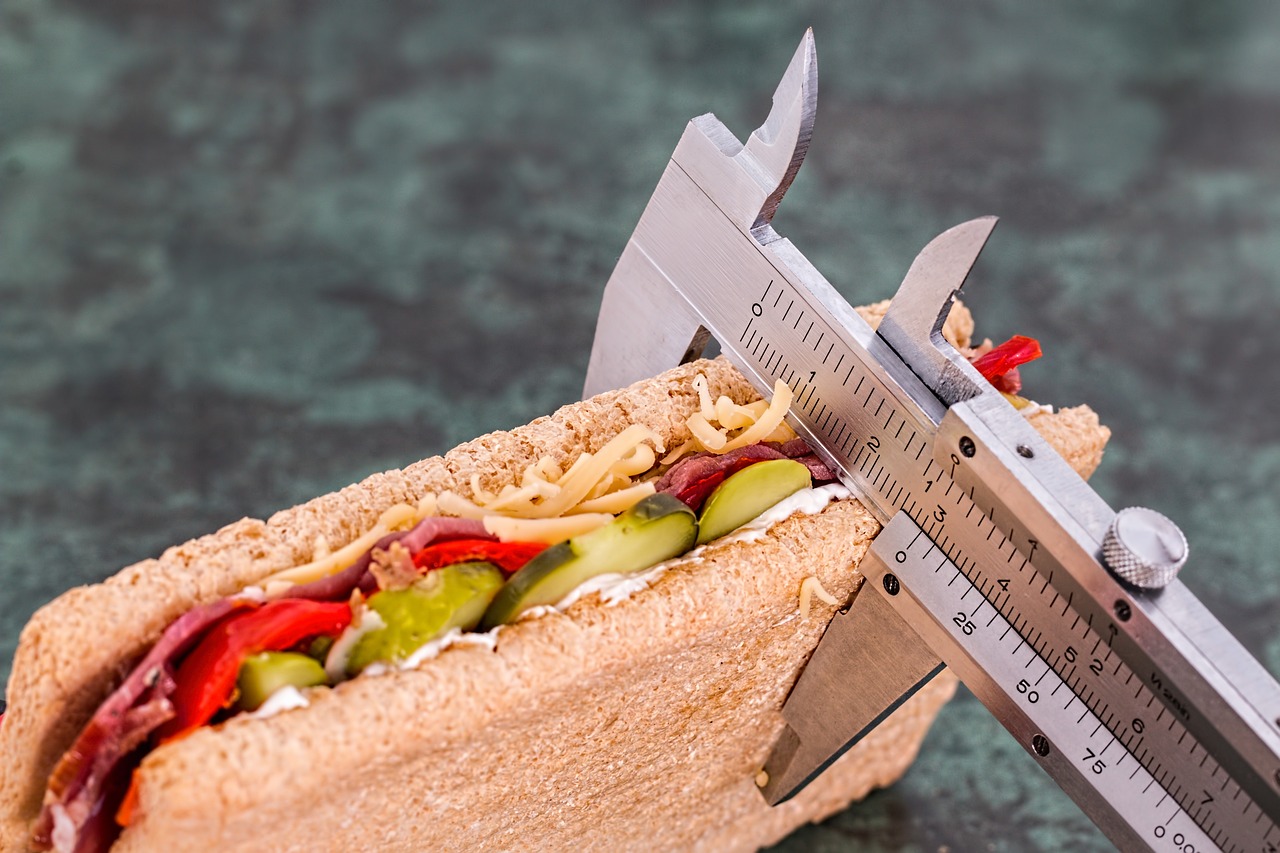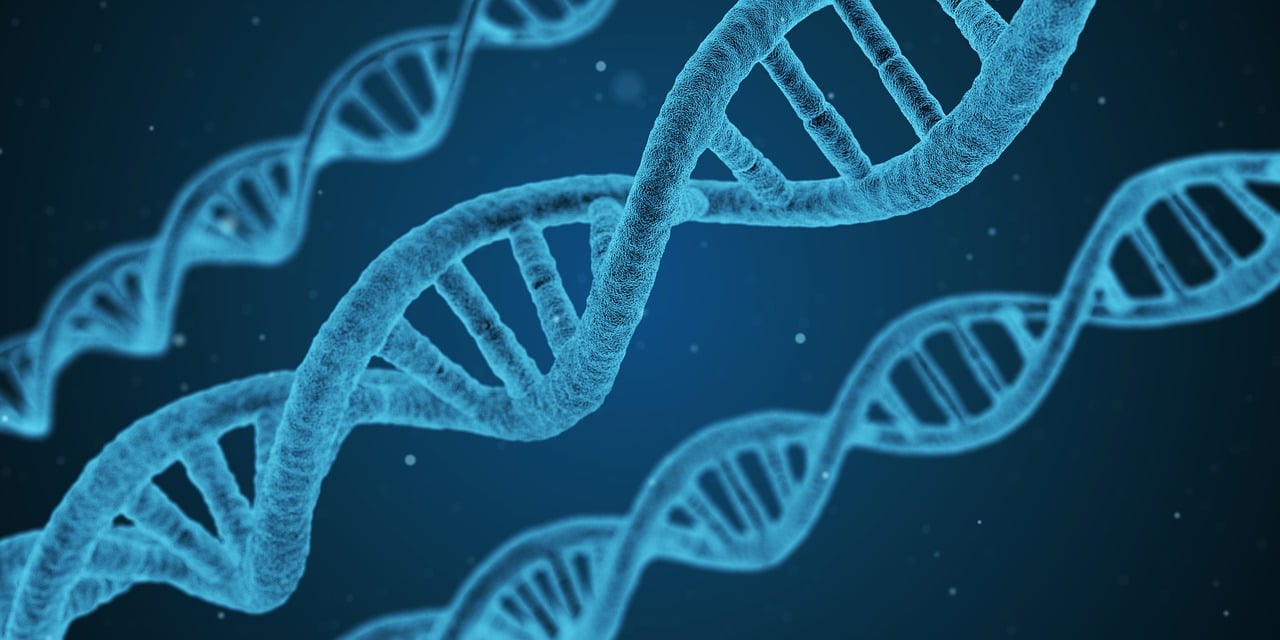Thinking about shedding some extra pounds and wondering how much fat you can lose in a week? This article dives into the factors that influence weight loss, including diet, exercise, and individual body composition. You’ll find evidence-based insights on setting realistic goals, balancing your approach, and staying healthy throughout the process. Perfect for anyone looking to make informed decisions on their fitness journey. Have you ever wondered, “How much fat can you lose in a week?” It’s a question that many of us have probably asked at one point or another. Whether you’re preparing for a special event or working towards your fitness goals, understanding the realistic possibilities of fat loss in a week can provide better guidance and set more achievable goals.
Understanding Fat Loss
When it comes to losing fat, it’s essential to understand the mechanics behind fat loss. Fat loss occurs when you burn more calories than you consume, leading your body to use stored fat as energy. This process is known as creating a calorie deficit.
What is a Calorie Deficit?
A calorie deficit happens when you consume fewer calories than your body requires for maintenance. For instance, if your body needs 2,500 calories per day to maintain its current weight, but you consume 2,000 calories, you create a 500-calorie deficit.
Factors Influencing Fat Loss
Several factors can affect how much fat you can lose in a week. These include:
- Current Weight: Heavier individuals tend to burn more calories and might see faster fat loss initially.
- Metabolism: People with faster metabolisms will burn fat more quickly.
- Diet: The quality and quantity of food you eat play a significant role.
- Exercise: Physical activity burns calories and influences fat loss.
- Age: Younger individuals generally have a faster metabolism.
The Science Behind Fat Loss
Now that you understand what fat loss is, let’s delve into the science. A pound of fat roughly equates to 3,500 calories. Therefore, to lose a pound of fat, you need to create a 3,500-calorie deficit.
How Much Can You Lose in a Week?
Realistically, losing 1-2 pounds of fat per week is considered a healthy and achievable goal. This would require a daily calorie deficit of 500-1,000 calories. Rapid weight loss might be tempting, but it is not always sustainable or healthy.
| Target Weight Loss Per Week | Daily Calorie Deficit |
|---|---|
| 1 pound | 500 calories |
| 2 pounds | 1,000 calories |
| 3 pounds | 1,500 calories (not recommended) |
| 4 pounds | 2,000 calories (not recommended) |
Setting Your Fat Loss Goals
When it comes to fat loss, setting realistic goals is crucial. Unrealistic goals can lead to frustration, while achievable goals can keep you motivated.
Assess Your Current Situation
Before setting your goals, assess your current weight, dietary habits, and exercise routine. This will give you a clearer picture of what changes you need to make. You might consider consulting with a nutritionist or personal trainer for tailored advice.
Set SMART Goals
SMART goals are Specific, Measurable, Achievable, Relevant, and Time-bound. For example:
- Specific: “I want to lose 1 pound of fat per week.”
- Measurable: “I will create a 500-calorie deficit each day.”
- Achievable: “I will do this by reducing calorie intake and increasing exercise.”
- Relevant: “I want to fit into my favorite jeans.”
- Time-bound: “I will achieve this in 4 weeks.”
Crafting Your Fat Loss Plan
With your goals in place, it’s time to craft a plan. This plan should include a balanced diet and an effective exercise routine.
Nutrition for Fat Loss
Diet is a critical component of fat loss. The key is to consume fewer calories than you burn while ensuring you get the nutrients your body needs.
Healthy Eating Habits
- Focus on Whole Foods: Prioritize vegetables, fruits, lean proteins, and whole grains.
- Avoid Processed Foods: These are typically high in sugar and unhealthy fats.
- Practice Portion Control: Be mindful of serving sizes to avoid overeating.
- Stay Hydrated: Drink plenty of water, as sometimes thirst can be mistaken for hunger.
Sample Meal Plan
Here’s a basic meal plan to guide you in your fat loss journey:
| Meal | Food Item |
|---|---|
| Breakfast | Oatmeal with berries and a boiled egg |
| Snack | Greek yogurt with honey |
| Lunch | Grilled chicken salad with various vegetables |
| Snack | Apple slices with almond butter |
| Dinner | Baked salmon with quinoa and steamed broccoli |
| Snack | Cottage cheese with sliced peaches |
Exercise for Fat Loss
Exercise complements your diet and accelerates fat loss by increasing your calorie burn.
Types of Exercise
- Cardio: Activities like running, cycling, and swimming increase your heart rate and burn calories.
- Strength Training: Building muscle mass increases your metabolic rate, so you burn more calories at rest.
- HIIT (High-Intensity Interval Training): Short bursts of intense activity followed by rest periods maximize calorie burn.
Sample Workout Plan
Here’s a sample workout plan to help you get started:
| Day | Workout Type |
|---|---|
| Monday | 30-minute jog + 20-minute strength training |
| Tuesday | HIIT workout (20 minutes) |
| Wednesday | Rest or light activity (e.g., walking) |
| Thursday | 30-minute cycling + 20-minute strength training |
| Friday | HIIT workout (20 minutes) |
| Saturday | 1-hour hike or swim |
| Sunday | Rest or yoga |
Tracking Your Progress
Monitoring your progress helps you stay on track and make necessary adjustments.
Keep a Food Diary
Write down what you eat daily. This practice increases awareness and helps identify areas for improvement.
Measure Your Body
Regularly measure your weight, but also consider tracking body measurements like waist, hips, and thighs. These can provide more detailed insights into fat loss.
| Measurement | Week 1 | Week 2 | Week 3 | Week 4 |
|---|---|---|---|---|
| Weight | ||||
| Waist | ||||
| Hips | ||||
| Thighs |
Use Technology
Numerous apps can track calories, workouts, and progress. Examples include MyFitnessPal, Fitbit, and Apple Health.
Common Pitfalls and How to Avoid Them
Several pitfalls could derail your fat loss efforts. Being aware of these can help you stay on track.
Unrealistic Expectations
Expecting to lose large amounts of fat quickly can lead to disappointment. Remember, aiming for 1-2 pounds per week is both healthy and sustainable.
Yo-Yo Dieting
Switching between drastic diets can confuse your metabolism. Instead, adopt a balanced, long-term approach to eating.
Lack of Consistency
Inconsistent eating and exercise habits will yield inconsistent results. Stick to your plan as closely as possible.
Staying Motivated
Staying motivated is crucial for long-term success. Here are some strategies to keep your motivation high.
Celebrate Small Wins
Don’t wait until you’ve reached your final goal to celebrate. Recognize and reward the small achievements along the way.
Join a Community
Support from others can be incredibly motivating. Join online forums, local groups, or find a workout buddy.
Keep a Journal
Reflecting on your journey helps maintain focus. Write about your challenges, successes, and how you feel.
Conclusion
The journey to losing fat is a marathon, not a sprint. Understanding how much fat you can healthily lose in a week allows you to set realistic goals, craft an effective plan, and track your progress closely. Remember, 1-2 pounds a week is a sustainable target. Focus on maintaining a calorie deficit through balanced nutrition and regular exercise. Avoid common pitfalls by setting realistic expectations and staying consistent. Most importantly, celebrate your small wins and stay motivated, because every step you take brings you closer to your ultimate goal.
So, how much fat can you lose in a week? With the right approach, mindset, and dedication, you’ll find that a pound or two each week is not just attainable but a significant step toward a healthier, fitter you. Happy fat loss journey!





